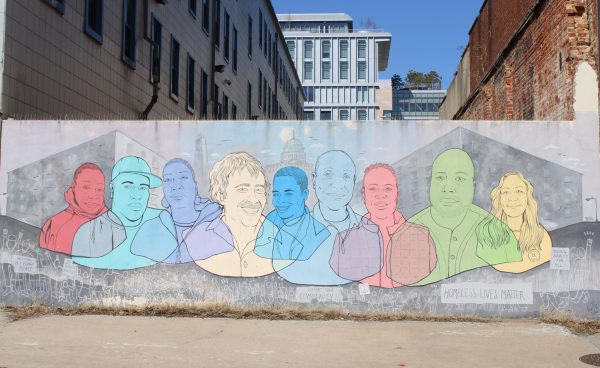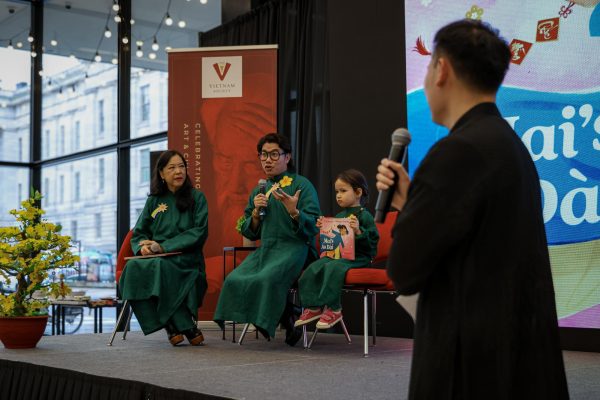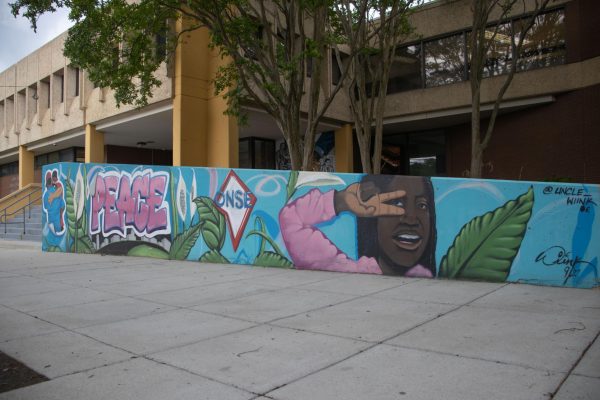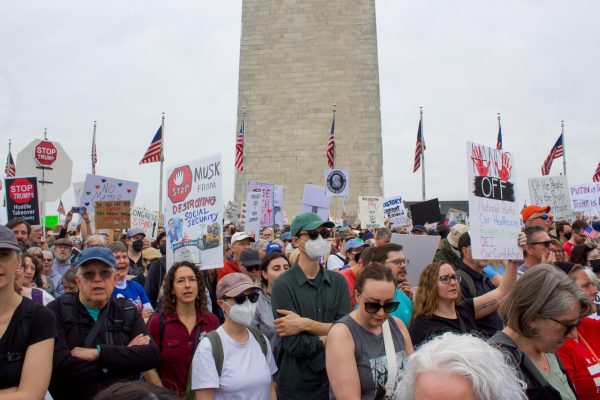Race Riots
It started when rioters shattered the windows of People’s Drug Store at the corner of U St. and 14th, and entered Sam’s Pawnbrokers and Rhodes Fi
ve-and-Ten, both on the corner of 14 and T streets. Within the span of a few days, over 1200 fires were set, 700 small businesses were scared off for good, 13 people were killed and 1200 others injured, and the District of Columbia faced $24 million dollars in damages.
The riots were sparked by evening news reports of assassination of Dr. Martin Luther King, Jr. on Thursday, Apr. 4, 1968.
Shocked and saddened by the assassination, thousands of Washingtonians, including members of the local Shaw community, took to the streets, led by former Student Non-Violent Coordinating Committee (SNCC) leader Stokely Carmichael. They peacefully asked businesses along the U Street corridor to close out of respect for Dr. King, and remain closed until after his funeral. Most obliged these requests, and closed, with the notable exception of Ben’s Chili Bowl, which served as a haven for rioters and police alike, and was undamaged because it’s “Soul Brother” sign in the window identified it as a black-owned business.
While moving down U Street, anger mounted in the crowd, as many of Carmichael’s followers felt helpless and slighted by the death of arguably the most important leader in the Civil Rights movement. The rioters—mostly high school and college students — looted the shuttered stores, while SNCC workers tried their best to pull them out.
Despite the 20,000 participants and the profound effect these riots had on Washington, D.C., the events of April 4 are rarely, if ever, discussed.
Edward Comstock, CAS professor who teaches a course on “The Real D.C.,” life-long Washingtonian and current neighborhood resident, says that this event is left out of public discourse because people place full responsibility on the rioters.
“Although we blame them for these things, we don’t think it is very polite to do so in public,” he said. “Of course, this kind of reasoning ignores the real meanings the rioters gave to their actions, and the centuries of structural inequality that actually caused them.
Beyond being quite literally forgotten in history, the 1968 race riots led to the destruction of entire neighborhoods, which sat as ghost towns for over thirty years. After the riots, whites and middle-class blacks fled to the suburbs, virtually abandoning the thriving cultural center on U St., often referred to as “Black Broadway.”
Along with this came a dearth of businesses along the U Street Corridor out of fear on the part of potential business owners and skyrocketing post-riot insurance rates. To their credit, the D.C. government made some effort to help, building Section 8 housing (subsidized homes for low-income tenants), but because of the the severity of riot damage, this pittance didn’t solve much. Repairing damage of this magnitude required more than just money, it needed creativity, ingenuity and persistence.
Problems that arose in other parts of the city at this time—particularly drugs and violence—were exacerbated in the neighborhoods devastated by the riots. Comstock, who’s lived in the shaw for over ten years, described the area as “an open-air drug market” until change came to the neighborhood with the expansion of the Yellow/Green Metro lines, the Reeves Center at 14 and U (housing government offices), as well as apartment/condo development.
While the area is now thriving again, it’s thriving in a much different way than before the riots. A sense of authentic District culture has been lost to gentrification, “a loss of the amazing community spirit, a sense of place and purpose, that was so definitive of the black cultures in D.C. before the riots,” Comstock said.










